The Standish Group report 83.9% of IT projects partially or completely fail
Last updated: August 29, 2024 Read in fullscreen view
- 13 Apr 2024
 Lessons on Teamwork and Leadership from Chinese story book "Journey to the West" 40/945
Lessons on Teamwork and Leadership from Chinese story book "Journey to the West" 40/945 - 02 Nov 2021
 What is Terms of Reference (ToR)? 23/1466
What is Terms of Reference (ToR)? 23/1466 - 18 Oct 2020
 How to use the "Knowns" and "Unknowns" technique to manage assumptions 21/989
How to use the "Knowns" and "Unknowns" technique to manage assumptions 21/989 - 01 Oct 2020
 Fail fast, learn faster with Agile methodology 13/973
Fail fast, learn faster with Agile methodology 13/973 - 03 Apr 2022
 Microsoft Solutions Framework (MSF) 12/1156
Microsoft Solutions Framework (MSF) 12/1156 - 12 Oct 2022
 14 Common Reasons Software Projects Fail (And How To Avoid Them) 10/504
14 Common Reasons Software Projects Fail (And How To Avoid Them) 10/504 - 18 Dec 2023
 The Cone of Uncertainty in Scrum & Requirement Definition 8/643
The Cone of Uncertainty in Scrum & Requirement Definition 8/643 - 19 Oct 2021
 Is gold plating good or bad in project management? 7/754
Is gold plating good or bad in project management? 7/754 - 18 Oct 2021
 Key Elements to Ramping Up a Large Team 7/1108
Key Elements to Ramping Up a Large Team 7/1108 - 10 Nov 2022
 Poor Code Indicators and How to Improve Your Code? 7/213
Poor Code Indicators and How to Improve Your Code? 7/213 - 28 Jul 2022
 POC, Prototypes, Pilots and MVP: What Are the Differences? 6/606
POC, Prototypes, Pilots and MVP: What Are the Differences? 6/606 - 06 Feb 2021
 Why fail fast and learn fast? 6/375
Why fail fast and learn fast? 6/375 - 13 Oct 2021
 Outsourcing Software Development: MVP, Proof of Concept (POC) and Prototyping. Which is better? 6/424
Outsourcing Software Development: MVP, Proof of Concept (POC) and Prototyping. Which is better? 6/424 - 01 Mar 2023
 Bug Prioritization - What are the 5 levels of priority? 6/207
Bug Prioritization - What are the 5 levels of priority? 6/207 - 07 Oct 2025
 Case Study: Using the “Messaging House” Framework to Build a Digital Transformation Roadmap 5/45
Case Study: Using the “Messaging House” Framework to Build a Digital Transformation Roadmap 5/45 - 05 Mar 2021
 How do you minimize risks when you outsource software development? 5/317
How do you minimize risks when you outsource software development? 5/317 - 31 Aug 2022
 What are the best practices for software contract negotiations? 5/215
What are the best practices for software contract negotiations? 5/215 - 14 Oct 2021
 Advantages and Disadvantages of Time and Material Contract (T&M) 4/789
Advantages and Disadvantages of Time and Material Contract (T&M) 4/789 - 01 Nov 2025
 From Miracle to Mirage: The Truth Behind “Vibe Coding” 4/28
From Miracle to Mirage: The Truth Behind “Vibe Coding” 4/28 - 04 Oct 2022
 Which ERP implementation strategy is right for your business? 4/278
Which ERP implementation strategy is right for your business? 4/278 - 07 Jul 2022
 Managing Project Execution Terms 3/379
Managing Project Execution Terms 3/379 - 01 Dec 2023
 Laws of Project Management 3/249
Laws of Project Management 3/249 - 10 Apr 2024
 The Parking Lot Method: Unlocking a Simple Secret to Supercharge Your Productivity 3/402
The Parking Lot Method: Unlocking a Simple Secret to Supercharge Your Productivity 3/402 - 04 Mar 2023
 [Medium] Box-Ticking: The Management Strategy That’s Killing your Productivity 3/518
[Medium] Box-Ticking: The Management Strategy That’s Killing your Productivity 3/518 - 05 Sep 2023
 The Cold Start Problem: How to Start and Scale Network Effects 3/167
The Cold Start Problem: How to Start and Scale Network Effects 3/167 - 08 Oct 2022
 KPI - The New Leadership 3/557
KPI - The New Leadership 3/557 - 18 Jul 2021
 How To Ramp Up An Offshore Software Development Team Quickly 3/516
How To Ramp Up An Offshore Software Development Team Quickly 3/516 - 18 Aug 2022
 What are the consequences of poor requirements with software development projects? 3/242
What are the consequences of poor requirements with software development projects? 3/242 - 20 Jul 2022
 Software Myths and Realities 3/796
Software Myths and Realities 3/796 - 31 Oct 2021
 Tips to Fail Fast With Outsourcing 3/375
Tips to Fail Fast With Outsourcing 3/375 - 12 Dec 2021
 Zero Sum Games Agile vs. Waterfall Project Management Methods 3/373
Zero Sum Games Agile vs. Waterfall Project Management Methods 3/373 - 13 Dec 2020
 Move fast, fail fast, fail-safe 2/292
Move fast, fail fast, fail-safe 2/292 - 23 Sep 2021
 INFOGRAPHIC: Top 9 Software Outsourcing Mistakes 2/411
INFOGRAPHIC: Top 9 Software Outsourcing Mistakes 2/411 - 17 Feb 2022
 Prioritizing Software Requirements with Kano Analysis 2/280
Prioritizing Software Requirements with Kano Analysis 2/280 - 14 Jun 2022
 Example and Excel template of a RACI chart in Software Development 2/707
Example and Excel template of a RACI chart in Software Development 2/707 - 15 May 2022
 20 Common Mistakes Made by New or Inexperienced Project Managers 2/247
20 Common Mistakes Made by New or Inexperienced Project Managers 2/247 - 28 Dec 2021
 8 types of pricing models in software development outsourcing 2/417
8 types of pricing models in software development outsourcing 2/417 - 28 Oct 2022
 Build Operate Transfer (B.O.T) Model in Software Outsourcing 2/361
Build Operate Transfer (B.O.T) Model in Software Outsourcing 2/361 - 04 Oct 2021
 Product Validation: The Key to Developing the Best Product Possible 2/295
Product Validation: The Key to Developing the Best Product Possible 2/295 - 26 Sep 2024
 Successful Project Management Techniques You Need to Look Out For 2/368
Successful Project Management Techniques You Need to Look Out For 2/368 - 05 Jun 2023
 Fractional, Part-Time (virtual) or Interim CTO: Who Will Cover Your Business Needs? 2/109
Fractional, Part-Time (virtual) or Interim CTO: Who Will Cover Your Business Needs? 2/109 - 10 Dec 2023
 Pain points of User Acceptance Testing (UAT) 2/416
Pain points of User Acceptance Testing (UAT) 2/416 - 24 Nov 2023
 The project management paradox: Achieving MORE by doing LESS 2/193
The project management paradox: Achieving MORE by doing LESS 2/193 - 12 Aug 2022
 What is End-to-end project management? 2/382
What is End-to-end project management? 2/382 - 02 May 2022
 What Is RAID in Project Management? (With Pros and Cons) 2/734
What Is RAID in Project Management? (With Pros and Cons) 2/734 - 01 May 2024
 Warren Buffett’s Golden Rule for Digital Transformation: Avoiding Tech Overload 2/188
Warren Buffett’s Golden Rule for Digital Transformation: Avoiding Tech Overload 2/188 - 07 Dec 2023
 12 project management myths to avoid 1/167
12 project management myths to avoid 1/167 - 26 Dec 2023
 Improving Meeting Effectiveness Through the Six Thinking Hats 1/205
Improving Meeting Effectiveness Through the Six Thinking Hats 1/205 - 05 Jan 2024
 Easy ASANA tips & tricks for you and your team 1/180
Easy ASANA tips & tricks for you and your team 1/180 - 11 Jan 2024
 What are the Benefits and Limitations of Augmented Intelligence? 1/434
What are the Benefits and Limitations of Augmented Intelligence? 1/434 - 12 Aug 2024
 Understanding Google Analytics in Mumbai: A Beginner's Guide 1/84
Understanding Google Analytics in Mumbai: A Beginner's Guide 1/84 - 01 Mar 2024
 10 Project Management Myths 1/120
10 Project Management Myths 1/120 - 27 Jan 2020
 Should a project manager push developers to work more hours due to mistakes of manager schedule setting? 1/412
Should a project manager push developers to work more hours due to mistakes of manager schedule setting? 1/412 - 19 Apr 2021
 7 Most Common Time-Wasters For Software Development 1/525
7 Most Common Time-Wasters For Software Development 1/525 - 22 May 2022
 What are common mistakes that new or inexperienced managers make? 1/243
What are common mistakes that new or inexperienced managers make? 1/243 - 02 Dec 2021
 3 Ways to Avoid Scope Creep in IT Consulting /192
3 Ways to Avoid Scope Creep in IT Consulting /192 - 17 Oct 2021
 Does Fast Tracking increase project cost? /348
Does Fast Tracking increase project cost? /348 - 19 Oct 2021
 Software development life cycles /628
Software development life cycles /628 - 13 Jan 2020
 Quiz: Test your understanding project cost management /568
Quiz: Test your understanding project cost management /568 - 06 Nov 2019
 How to Access Software Project Size? /236
How to Access Software Project Size? /236 - 01 Aug 2022
 Is planning "set it and forget it" or "set it and check it"? /264
Is planning "set it and forget it" or "set it and check it"? /264 - 12 Mar 2024
 How do you create FOMO in software prospects? /127
How do you create FOMO in software prospects? /127 - 23 Jun 2024
 Best Practices for Managing Project Escalations /183
Best Practices for Managing Project Escalations /183 - 21 Jun 2024
 Dead Horses and the Escalation of Commitment /123
Dead Horses and the Escalation of Commitment /123 - 06 Mar 2024
 [SemRush] What Are LSI Keywords & Why They Don‘t Matter /131
[SemRush] What Are LSI Keywords & Why They Don‘t Matter /131 - 02 Jun 2024
 Reviving Ancient Wisdom: The Spiritual Side of Project Management /204
Reviving Ancient Wisdom: The Spiritual Side of Project Management /204 - 13 Oct 2025
 Why Fiverr’s Freelance Empire Self-Destructed /45
Why Fiverr’s Freelance Empire Self-Destructed /45 - 14 Mar 2024
 Why should you opt for software localization from a professional agency? /117
Why should you opt for software localization from a professional agency? /117 - 30 Nov 2023
 Project Managers, Focus on Outcomes — Not Deliverables /143
Project Managers, Focus on Outcomes — Not Deliverables /143 - 02 Nov 2022
 Difference between Change Management and Project Management /216
Difference between Change Management and Project Management /216 - 06 Jun 2022
 Change Management at the Project Level /292
Change Management at the Project Level /292 - 09 May 2022
 Build one to throw away vs Second-system effect: What are differences? /297
Build one to throw away vs Second-system effect: What are differences? /297 - 10 May 2022
 Levels of Teamwork /180
Levels of Teamwork /180 - 03 Jan 2023
 Organizing your agile teams? Think about M.A.T (Mastery, Autonomy, Purpose) /333
Organizing your agile teams? Think about M.A.T (Mastery, Autonomy, Purpose) /333
The original Standish report was published in 1994 and has been updated a number of times. Standish and other groups have published additional reports shedding more light on other factors with IT projects.
According to Standish only 16.2% of projects were deemed successful by being completed on time and budget, with all the promised functionality. A majority of projects, or 52.7%, were over cost, over time, and/or lacking promised functionality. That leaves 31.1% to be classified as failed, which means they were abandoned or cancelled.
It is useful to review the top factors found in each of the three project classifications.
The top five factors found in successful projects are:
- User involvement
- Executive management support
- Clear Statement of Requirements
- Proper planning
- Realistic expectations
These factors should be put on a checklist for anyone considering an IT project, whether large or small. While risk rises with size and complexity, even simple projects can fail if the participants do not have clarity on these five principles.
The top five indicators found in challenged projects are:
- Lack of user input
- Incomplete Requirements & Specifications
- Changing Requirements & Specifications
- Lack of executive support
- Technical incompetence
This list adds a few variables that didn’t show up in the first list, namely changing requirements and specifications, and technical incompetence – two more things to watch out for. If you see change orders coming out of a project, you can be assured the risk has risen substantially. Technical competence means you need to confirm the necessary skills and not just give elements of the projects to internal people because they are enthusiastic and seem bright.
All of the top factors found in failed projects include:
- Incomplete Requirements
- Lack of user involvement
- Lack of resources
- Unrealistic expectations
- Lack of executive support
- Changing Requirements & Specifications
- Lack of planning
- Didn’t need it any longer
- Lack of IT management
- Technical illiteracy
You could write a book with lots of interesting stories coming out of this list. For example, we worked with an organization where requirements were carefully reviewed in group sessions and documented. When the ERP implementation project began, ownership decided to include a second company with a totally different sales and manufacturing process. It went live but it was challenged by both time and cost. In another project one staff member boldly stated the new system was “going in over his dead body.” Executive sponsorship meant we just went up the ladder and the project proceeded without any more hostility.
Other projects start without complete requirements because the customer is too impatient to hit a certain date or won’t sit down long enough to confirm the details. Surprises don’t help anyone. If too many new requirements come up during the interviews or implementation phase, park them in the parking lot and come back to them in one or more future phases. You are better off getting the core system running well and then implementing incremental change.
| About the Author | Armin Shahamati | Senior Software Engineer | Senior Software Engineer |










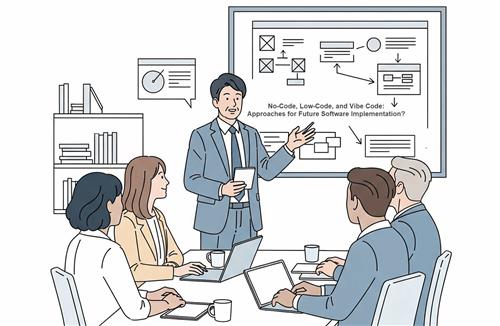
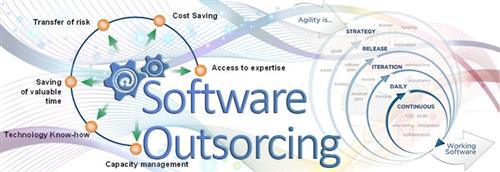



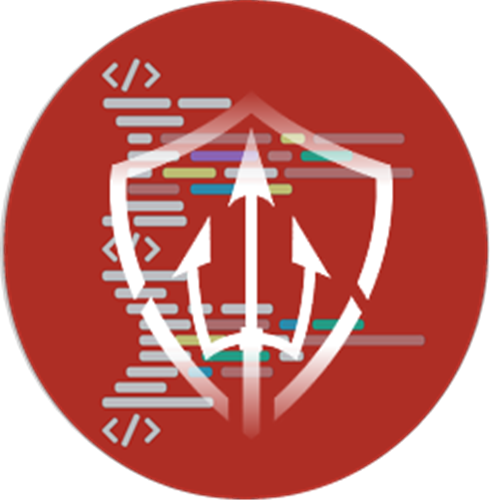
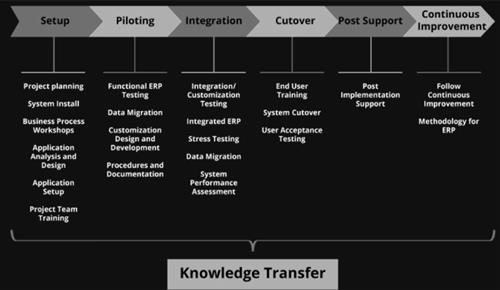
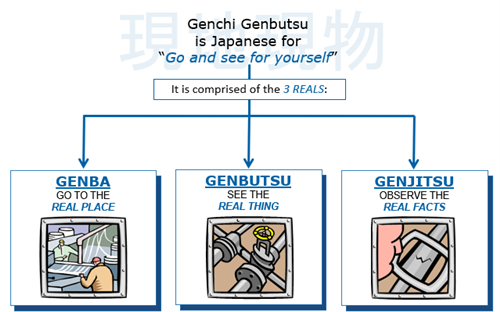

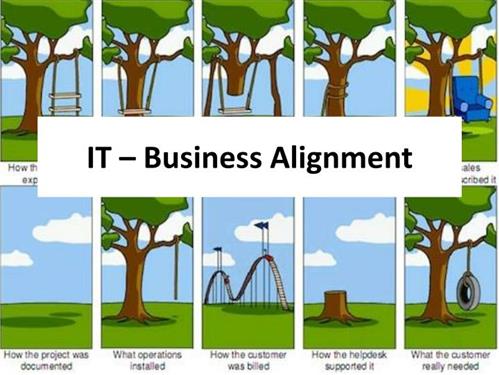


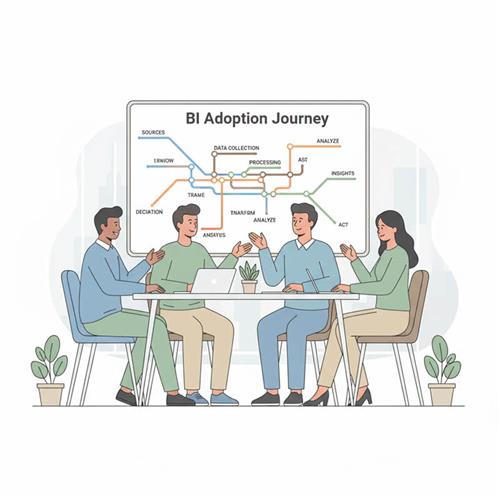


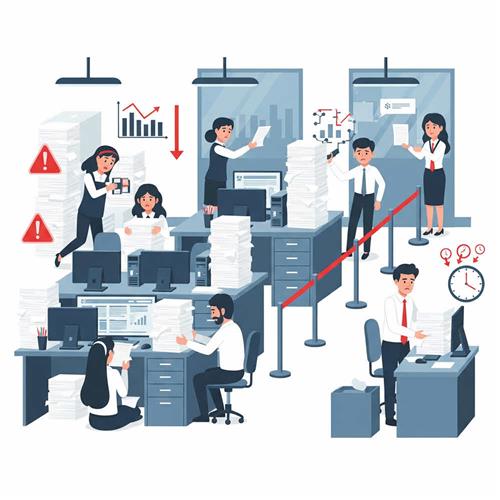









 Link copied!
Link copied!